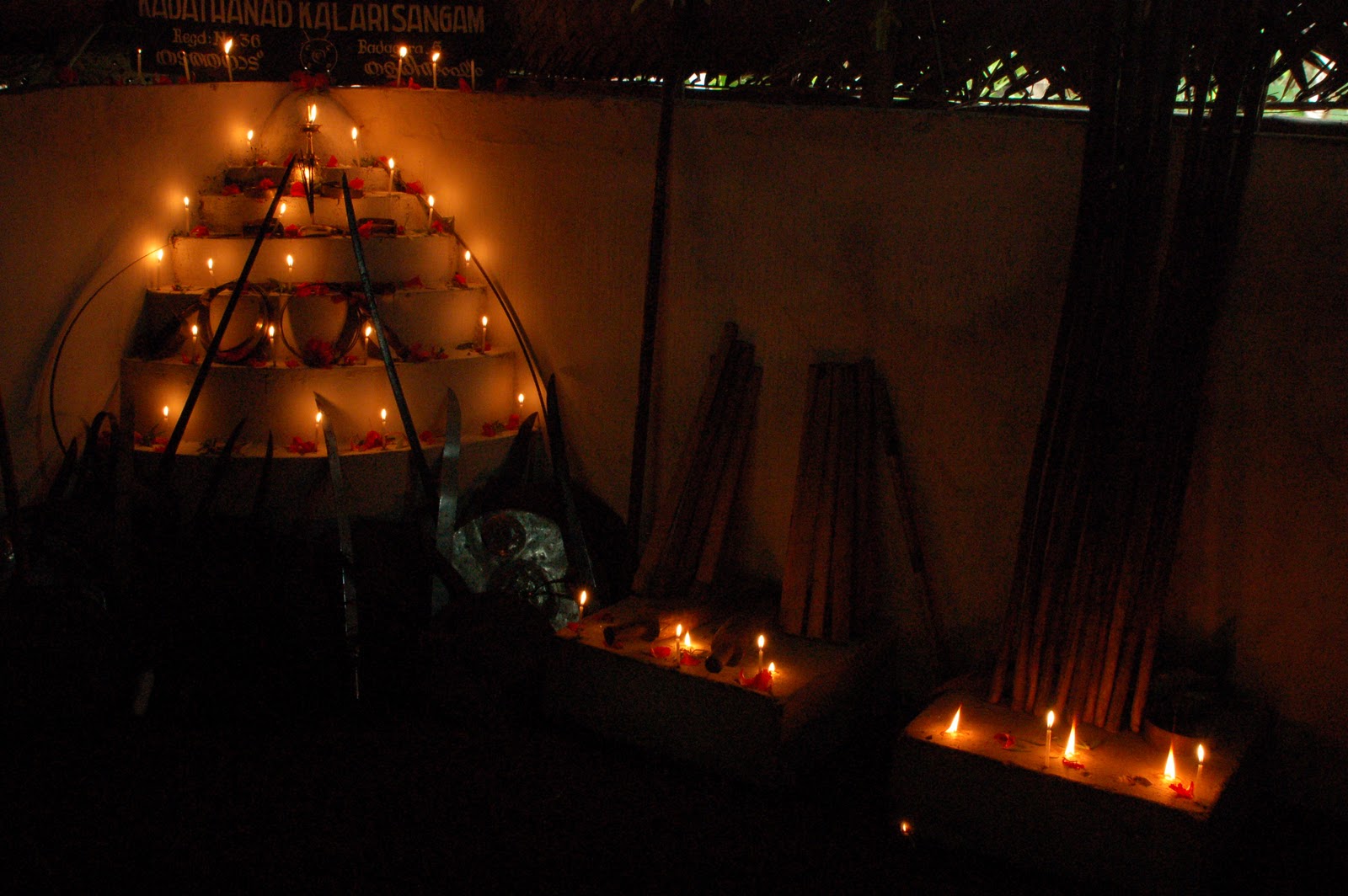Opinion by Archana Verma
Afghanistan is home to some of the finest and invaluable heritage, which belongs to not only Afghanistan, but to the whole world. Unfortunately, this heritage is now consciously being destroyed by the insensitive forces which has controlled this region for decades. The invaluable Bamiyan Buddhas were destroyed before the world community and no one could save them. The other remains are too being demolished by these forces who don't have any respect for the history and cultural heritage of the world. To add to the problem, this region is ravaged by war, which also adds to the destruction of heritage going on in the area.
While much has been said about the killing of civilians as a result of the conflicts going on there, the world is not very critical of the destruction of archaeological remains in the region. This is despite the fact that UNESCO has set up the World heritage Centre, which is focusing especially on the destruction of the Afghanistan heritage (See link here).
Military conflicts and Islamic extremism are not the only two reasons behind this massive destruction of the invaluable heritage in Afghanistan. The country's endeavour to make as much money as possible from whichever source is also behind it. Ann Marlowe from Hudson Institute reports that Mes Aynak, the largest Buddhist archaeological site in Afghanistan is slated to be destroyed in three years because the site has been given to a Chinese copper mining company.
While efforts are on to rescue whatever remains can be rescued in these three years, one needs to ask the question whether a country must go for economic development at the cost of its invaluable archaeological heritage. More than a concern for economic development, this only points towards the abject apathy Afghanistan has shown in recent decades towards its cultural heritage in its madness to go for what it believes to be the "only true religion." The greater misfortune is the apathy of the world which does not object to this kind of apathy towards the heritage that is being destroyed in Afghanistan in this manner.
Meanwhile, the Indian government has been working in the area to salvage whatever remains it can, which is a welcome effort by India. However, one wonders how effective and influential the Indian government will prove in its effort.
There needs to be built pressure by the international community to stop this madness that is going on in Afghanistan - by the extremists, by the army and by the money-hungry industrial companies.















